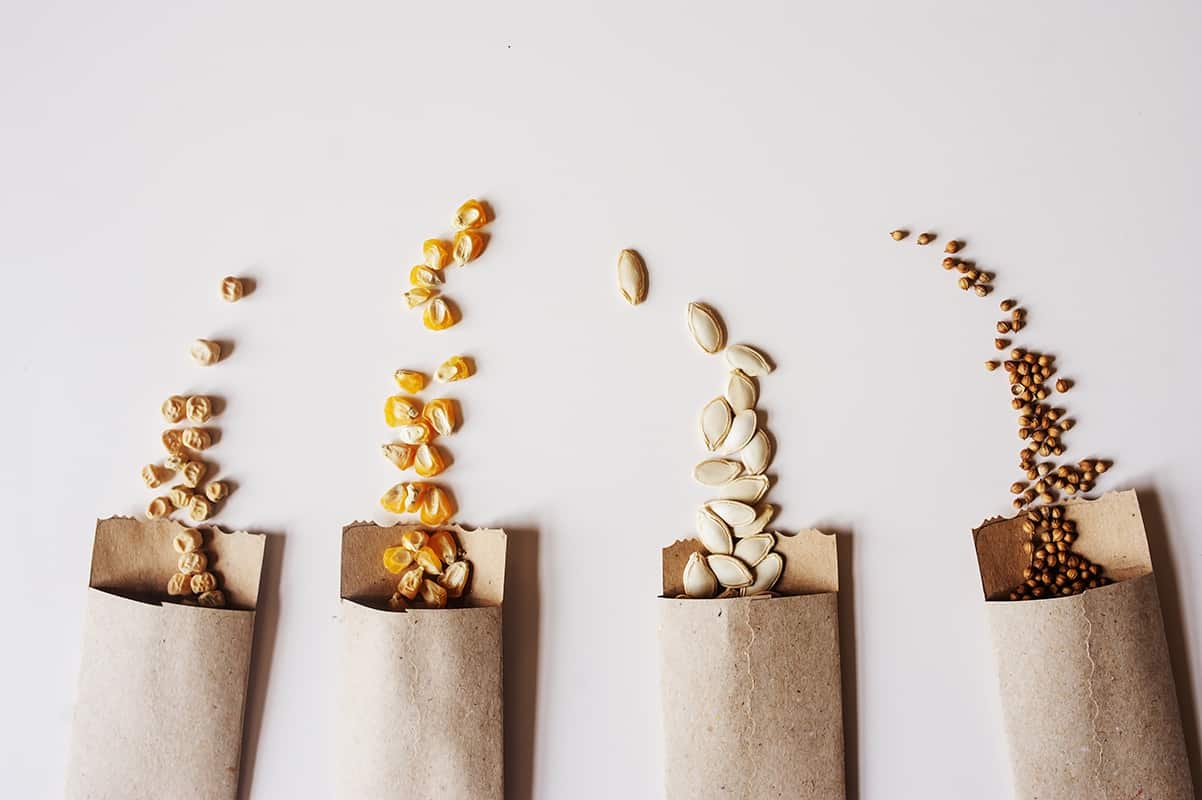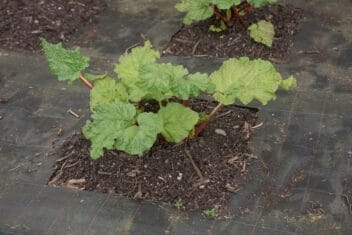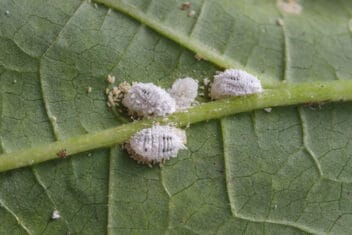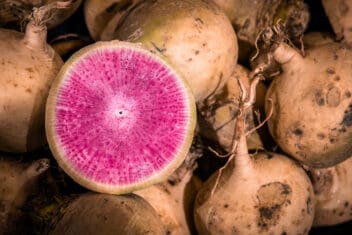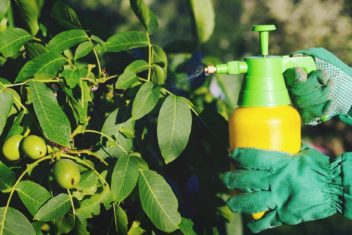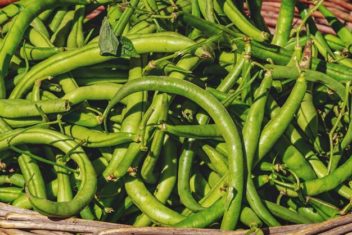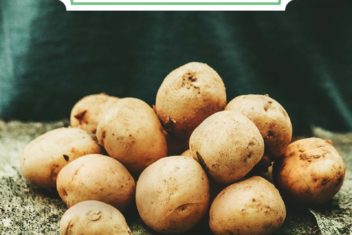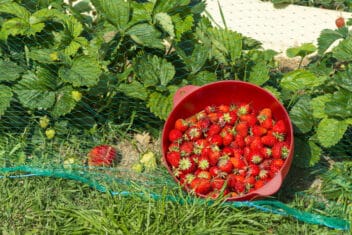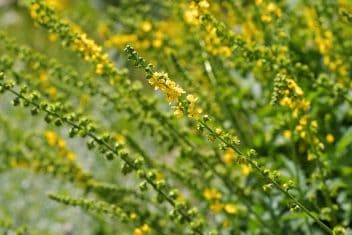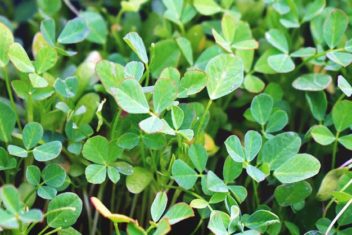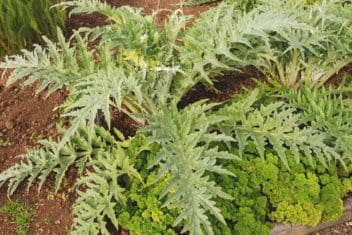Do you know when is the best time to start a community seed bank?
Right now.
(And I don’t mean the blustery autumn day that I’m writing this, but whenever you’re reading it. Yes, now.)
We live in a time when food security isn’t a guaranteed thing, and people around the world are taking serious steps to grow their own food and medicine. As you can imagine, one of the most important aspects of this kind of self-sufficiency is high-quality seeds.
Considering how expensive heirloom and organic seeds can be, one of the best ways to expand one’s garden is to save and share seeds. Plus, you’re promoting local plant diversity!
4 Steps to Get Stared
The only thing more awesome than growing food is sharing it, and that all starts from humble little seeds. Here are the steps to get the sharing process started.
1. Save and Label Your Seeds
First and foremost, if you’ve grown items in your garden that you enjoyed, and that grew quite well, save as many of those seeds as possible.
Label them well with the species/cultivar, and the date that the seeds went into storage. Provided that you’re keeping them in a cool, dry place, they’ll likely remain viable for years.
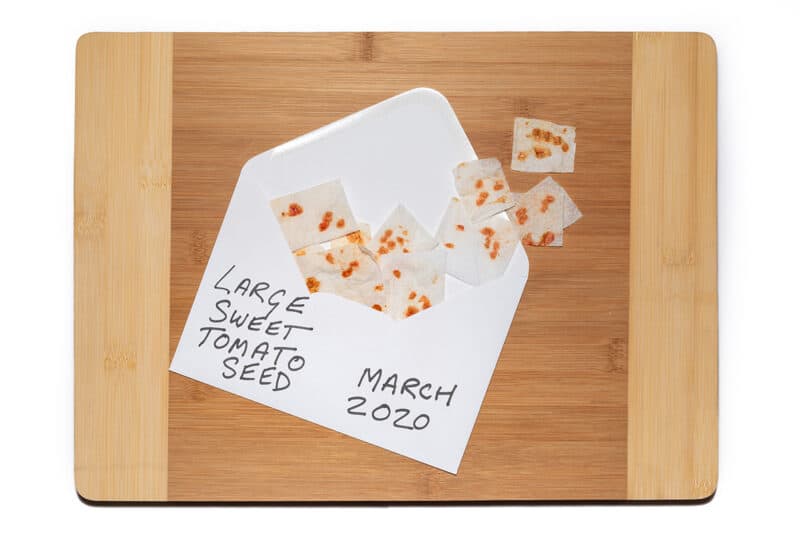
I’d also recommend keeping a log (garden journal) of everything you plant. This way, you can keep tabs on your favorite plants. Plus, you can ensure that you’re cultivating the best species for your region and growing circumstances.
Be sure to include the following in your journal:
- Each species/cultivar (including place of origin)
- Location in your garden
- How much sun/water they were getting
- Any growing issues (blight, insect problems, etc.)
- Successes and failures
- Flavor/texture
This way, when it comes to sharing seeds with others, you can be super detailed about the seeds and their growing conditions. It’ll help to inform their gardening decisions.
As an example, someone who has a large, sunny balcony may wish to grow different types of currant and cherry tomatoes than someone with a veggie garden surrounded by trees.
In contrast, someone with a large, shaded yard may be looking for new herbs and leafy greens to try out.
2. Talk to Your Neighbors
Depending on your personality, this can either be awesome, or excruciating. After all, a bubbly extravert who already knows the names of everyone around the block will have an easier time with this than an introvert who barely glances up from the sidewalk.
If you enjoy talking to strangers, great! Chat them up when you walk by and they’re pruning their bushes. Or, if you see some great produce ripening in someone’s yard, leave a note in their mailbox. Invite them for coffee to talk about what they’re growing.
On the other hand, if you prefer to communicate at a distance, you can start a website or social media account for your community seed bank project instead.
Apps like Nextdoor and Meetup are great for connecting with like-minded individuals.
Then, invite any local people you know online, and get them to spread the word. If you’re up for it, print up some flyers and ask to put them up in your local post office, cafe, garden center, etc. Remember to add your email address or social media contact information so they know how to get in touch!
3. How to Share Effectively
So, now you have several neighbors, friends, and family members interested in sharing seeds. What happens next?
When it comes to organization, the best thing to do is create an online spreadsheet-type thing that everyone can access.
While Google Spreadsheets is all well and good, I’ve actually found that Trello is a fantastic alternative.
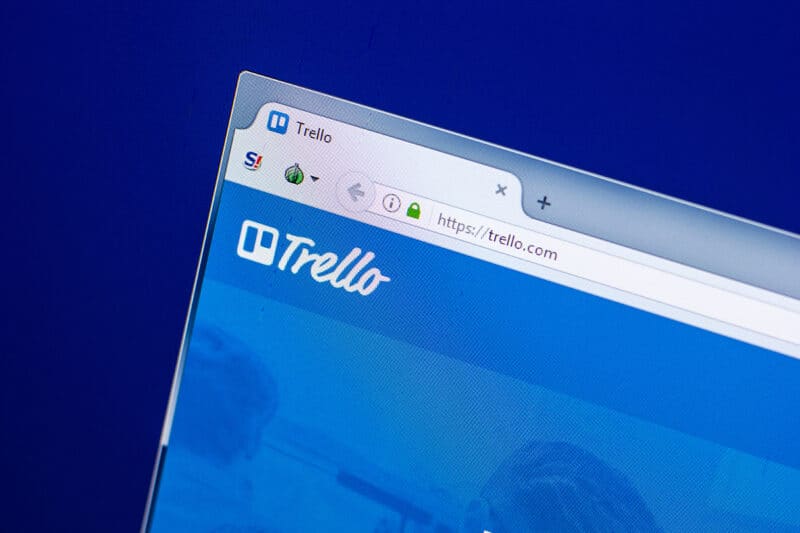
Basically, everyone can create a column in which they write out which seeds they have available. They can also add detailed information about each one.
This allows people to see which species are available, and they can also chat about which items they’d like to try. Additionally, they can pool resources for future seed investments.
When and if other people are interested in various seeds, they can chat about them on the individual posts, and then arrange for an in-person swap.
If you’d like to expand that seed bank to a wider community, or if you’d prefer distance exchanges rather than in-person trade-offs, then members can also message each other directly to share mailing details.
4. Be Honest!
It’s important to share details about frustrations and failures as well as success stories.
For instance, if you absolutely loved a particular type of cucumber, but most of your plants succumbed to powdery mildew, it’s important to mention that. It’s possible that your neighbor’s yard might be slightly drier than yours, and they’ll have a better chance with them.
Alternatively, one of your friends may discover a fabulous DIY powdery mildew treatment that can save your future plants.
Some plants are fussy in terms of their care needs but are worth the extra effort because they’re so awesome. Letting others know what they may face means that they’ll be able to allot extra time to care for these plants.
They’ll appreciate the heads up, as well as your integrity in letting them know.
Tons of Food for Minimal Investment
Buying seeds can be a pricey endeavor. When I was establishing my food forest garden, I think I spent over $300 on seeds and seedlings alone! Although I re-grow annuals from seeds that I’ve harvested and saved, I still spend quite a bit on new cultivars to try out every year.
Let’s do a bit of simple math to look at how people can benefit so much from a community seed bank with minimal investment.
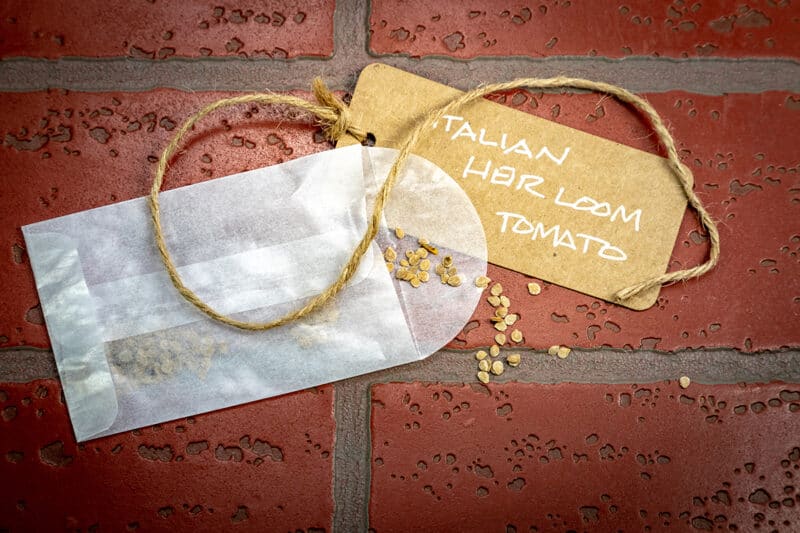
Depending on the species it contains, an average seed packet will have anywhere from 20 to 200 seeds in it. Large species and rare breeds will be on the lower side. Most herbs and common plants (looking at you, basil and lettuce!) will have hundreds of teensy seeds in them.
The average cost for a packet of heirloom, organic seeds is $2 or $3.
Now, let’s say your community seed bank is comprised of 10 people.
If each person only spends $3 on a single packet, that’s a grand investment of $30 for the entire group. Everyone would get to grow 10 different species by sharing the seeds around.
So what happens if there’s a bit more money to be spent—let’s say $10 per person?
That would come to 4 or 5 seed packets per person, depending on the cost for that particular species. If all 10 people bought different cultivars each, then every single person involved would be able to grow 50 different edible plants in their own garden.
Of course, the technique above is based on the idea that each and every one of you are starting a new garden from scratch. If y’all have already been growing vegetables and herbs, then you have treasure troves of free seeds at your fingertips!
Explore New Flavors
Depending on where you live and what people are growing nearby, you may have the opportunity to try out all kinds of plants you may not have grown otherwise.
For example, I volunteered at my local community garden when I lived in downtown Toronto. My neighborhood was very diverse, and we had the honor of having people from many different cultural backgrounds volunteering their time—and their plant seeds—for everyone’s benefit.
I had never tried mizuna or tatsoi, but the Tibetan monks who volunteered in the garden introduced me to those gorgeous greens. We had hot peppers from Jamaica, luscious beans from Portugal, eggplants from Turkey…
I could go on, but you get the idea. We all got to taste spectacular food that we may never have tried otherwise. Simply because some of our neighbors brought a few seeds with them when they emigrated and were kind enough to share them.
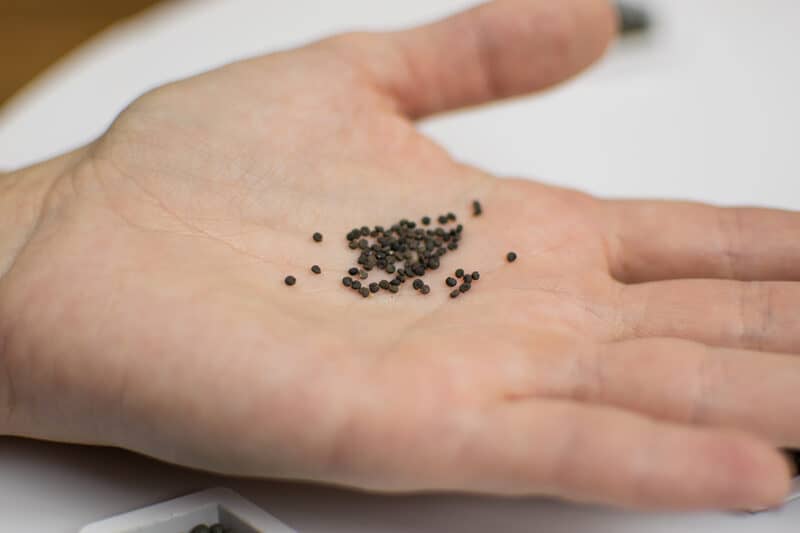
Why is a Community Seed Bank So Effective?
These types of community seed banks are amazing on so many levels. For one, you’re promoting local biodiversity, which is awesome. Secondly, you’ll meet fabulous people you may never have gotten to know otherwise.
Thirdly, plants that thrive in your neighbors’ yards are highly likely to do well in your own garden too, and vice versa.
Think about it. The people who live close to you experience the same weather and lightfall as you do. The soil in their yards is likely similar to yours, save for whatever amendments they’ve used. Sure, they may have more or less sunshine, depending on nearby trees, but conditions will be far more similar than they are different.
As a result, the seeds that you share between gardens are far more likely to grow into strong, healthy plants, than those you buy from across the country.
Additionally, you’ll have even more chances of success if you’re growing species that were cultivated in your area or growing zone.
For example, I grew several species this year that have been cultivated here in Quebec for a couple of centuries. I didn’t expect to have such successful harvests from cultivars I’d never grown before, but the heirloom beans, beets, squash, and melons I cultivated absolutely thrived.
Sure, I also grow species from other parts of the world, as I enjoy a diverse range of different vegetables. But they didn’t explode into awesomeness the way the Quebec-specific plants did.
Help Disadvantaged Communities
If this article hasn’t already inspired you to start a community seed bank, consider one more aspect.
Every single seed from every plant holds the potential to feed the hungry. Many people would love to grow their own food, but the high cost of high-quality seeds can be prohibitive.
With a community seed bank, people can have access to hundreds—even thousands—of plant species that would otherwise have been out of their grasp.
Furthermore, depending on how much space people have available, several folks could dedicate a planter or a couple of rows to growing food for the hungry. This could be donated to local food banks, churches, or other community outreach programs.
